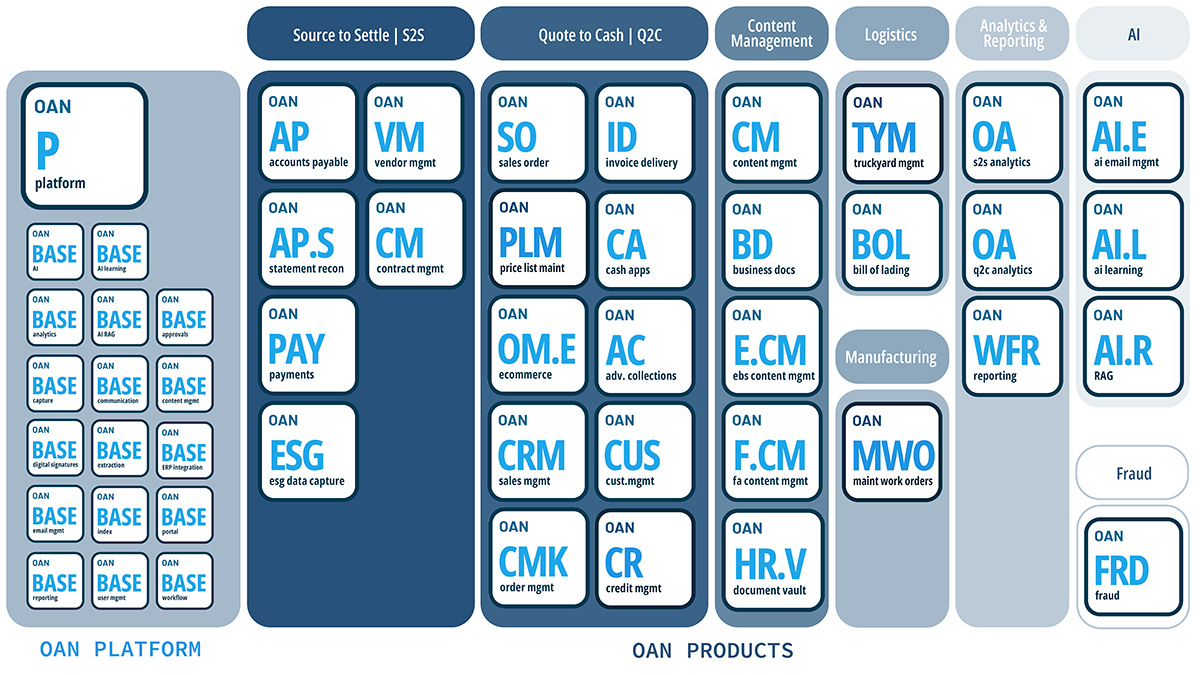Accounts payable is among the most critical duties in every modern organization. Indeed, every company must pay its debts; you can’t afford to make a mistake here.

Before processing a vendor payment, your company’s accounts payable department will have a series of procedures to follow. A company’s principles and practices are critical because of the amount and frequency of transactions that occur over time.
Maintaining excellent relationships with suppliers requires timely and accurate invoice management. A strong accounts payable structure also guarantees that you don’t have debts on your records for an extended period, reducing the danger of losing business confidence.
If any of this worries you, don’t worry – we’re here to help!
Accounts Payable: The Ins And Outs
Accounts payable and management is a vital business procedure allowing an organization to handle its financial responsibilities successfully. For example, the amount due by a company to its distributors for products and services received is called accounts payable. To clarify, a business should register a liability in its accounting records depending on the invoice value once it orders items and receives them before paying for them. Accounts payable focuses on short-term liabilities owed to suppliers, contractors, and others.
The equivalent amount is deducted from the accounts payable number once compensation has been made to the supplier for the overdue purchases.
Long-term borrowings, such as mortgages and other loans with a payback period of more than a year, are usually listed as separate debts and are not contained in accounts payable.
The Ap Process Flow’s Most Important Steps
The accounts payable process is often broken down into these parts for most businesses:
Approval of Purchase Orders
A purchase order, often known as a PO, is a document a corporation uses to convey and record precisely what it purchases from a supplier. Purchase order on paper is a multi-copy document distributed to multiple parties. For example, the following people or departments will receive a copy of the PO:
● the person who requests a purchase order for goods or services
● the office of accounts payable
● the receiving section, the seller, and the person who is putting together the person who formed the purchase request
A PO number, date generated, brand, supplier name, contact details of a signatory, a specification of the goods being purchased, amount, item costs, shipment method, date requested, and other essential information will be listed on the purchase order.
Every purchase is documented by a purchase order issued by the purchasing department. Thereby, the procurement department effectively approves all expenses before making them, potentially preventing some payments from ever taking place. Because this control necessitates a significant amount of effort on the part of the purchasing team, they would most likely ask staff to report purchase requests on a retail requisition form.
Creating A Receiving Report
A receiving report is a record of a company’s receipt of products. A paper form or a computer entry can be used to submit the receiving information. The receiving report’s amount and description of items should be matched to the firm’s purchase order data.
The vendor invoice must be examined once the receiving report and purchase order details have been reconciled. The provider enters information about the products or services given as well as the amount owing to them. Incoming announcements contain much essential information, so reviewing them carefully is crucial.
Receiving And Processing Invoices From Suppliers
The supplier or contractor will issue a bill to the business that got the products or services on credit. When clients receive an invoice or statement, they will refer to it as a supplier invoice. Accounts payable receives each vendor invoice and processes it. The payment will be made to the business’s Accounts Payable record and withdrawn from another account once the invoice has been checked and approved.
The three-way match is a standard method for checking a vendor invoice.
Three-way match
Before approving payment, the payables team compares the supplier invoice against the relevant purchase order and confirmation of receipt. This technique eliminates the requirement for each invoice approval because clearance is dependent upon that purchase order rather than individual invoices. It’s also preferable to approve just based on the purchase order because it confirms receipt of the products. It is, however, excruciatingly sluggish and susceptible to breakdown if paperwork is absent. The deadline is determined by the terms on the invoice and the group’s payment policy.
Finally, to avoid a repeated transaction, the paperwork should be branded or perforated to show that they have been recorded into the accounting information system.
Accounts Payable: Best Practices
Sadly, accounts payable is among the most vulnerable sections of a company to fraud. The large volume of money that leaves a company via accounts payable renders it a tempting target for scammers.
Then there’s the possibility of making trivial errors along the route. Even if everyone engaged is doing their best, tiny mistakes might seep in and end up being costly in the long run.
As a result, delegating responsibilities for the various steps is critical. Scamming the system is challenging when many people have signed off on invoices.
Payments For Invoices To Be Centralized
It’s critical to centralize payments while reviewing supplier invoices. When all business payments are made from a specific account, tracking how much money is going out the door is much easier.
Settling invoices on an occasional basis or with several accounts or credit cards is something you should avoid at all costs.
Dividing invoice payments makes it difficult to track how much your firm pays each month and exposes you to the danger of fraud.
In reality, the ideal condition is to manage all of the company’s expenditures from a single location. That includes office expenses, travel charges, and a variety of other payments made regularly by firms.
Keep A Detailed Record Of All Past-Due Payments
Knowing precisely what is due, who you owe it to, and when bills are due for revenue, planning, and decision-making is critical.
Ensure that every payment due is accurately logged in your accountancy department or expense software solutions to do so.
Establishing a recurring payment for many regular, recurrent charges (for example, fruit delivery for the office fridge or digital solutions fees) may be more straightforward.
The burden and bother of coordinating repetitive payments can be eliminated with regular payments. Nevertheless, it would be best if you struck a balance between the requirement for transparency in your purchases and the risk of paying for items you no longer require.
Track Vendor Invoices
Vendors frequently issue notifications to their clients detailing the unpaid payments. When a vendor invoice is received, the information on it should be checked against the company’s financial statements.
The possibility of a repeat payment exists because a corporation may get bills and reports from a supplier. Therefore, companies frequently create the following guideline to prevent making multiple payments: Avoid paying from vendor reports; only pay from sales invoices.
Conclusion: Making A Mistake In Accounts Payable Is Unaffordable
The stakes are too high to take chances with. A shoddy accounts payable process might jeopardize your supplier base while increasing the risk of theft.
Consider the suggestions in this post and consider how you may strengthen your processes to give yourself the most excellent chance at a smooth and timely accounts payable process.
The correct techniques may make a massive difference in this situation, allowing you to track and handle invoices with ease and accuracy.

